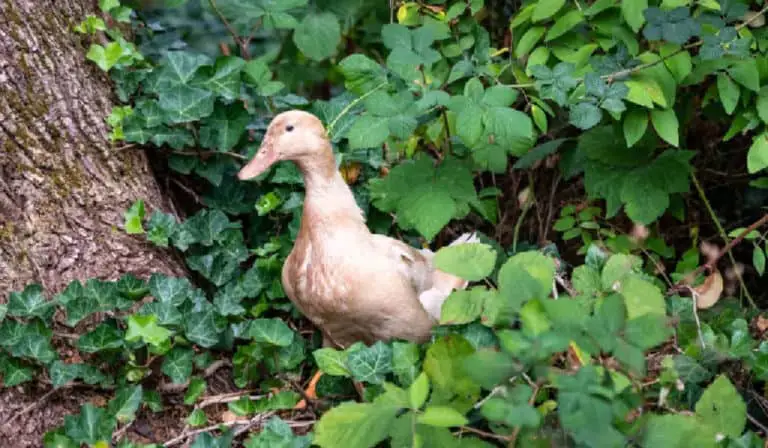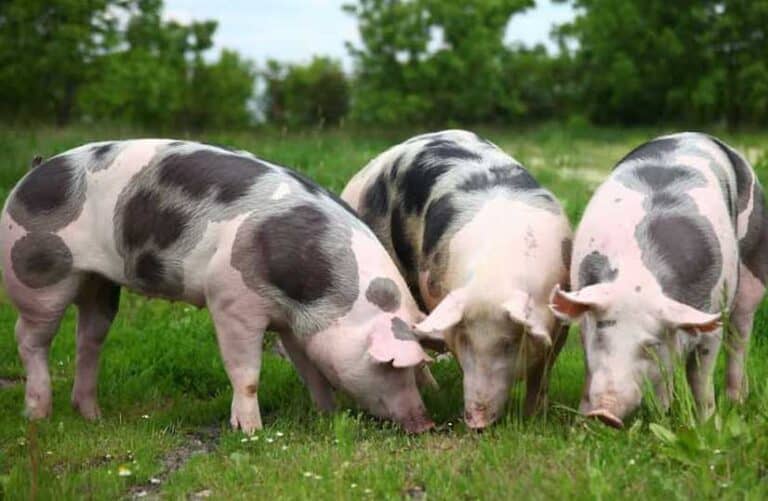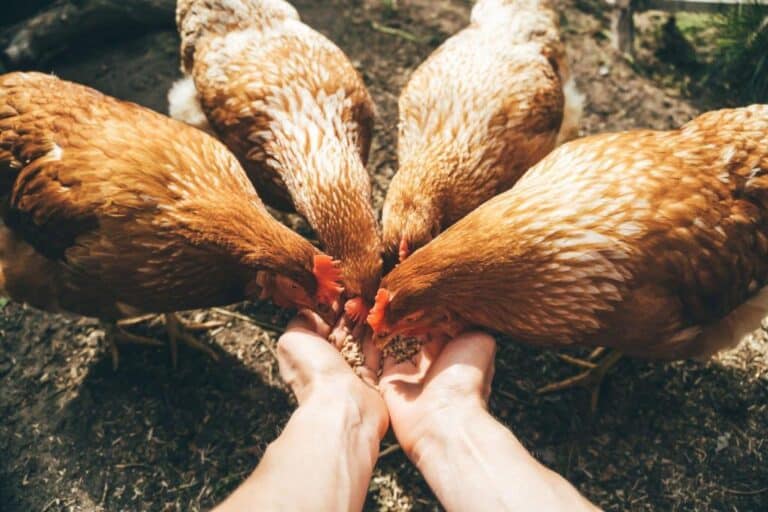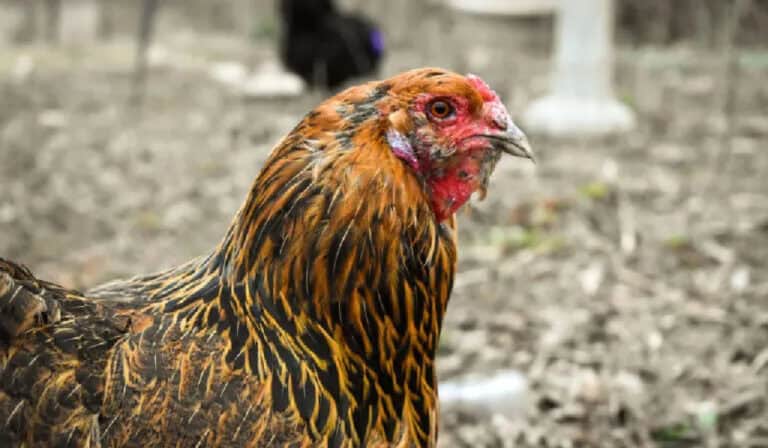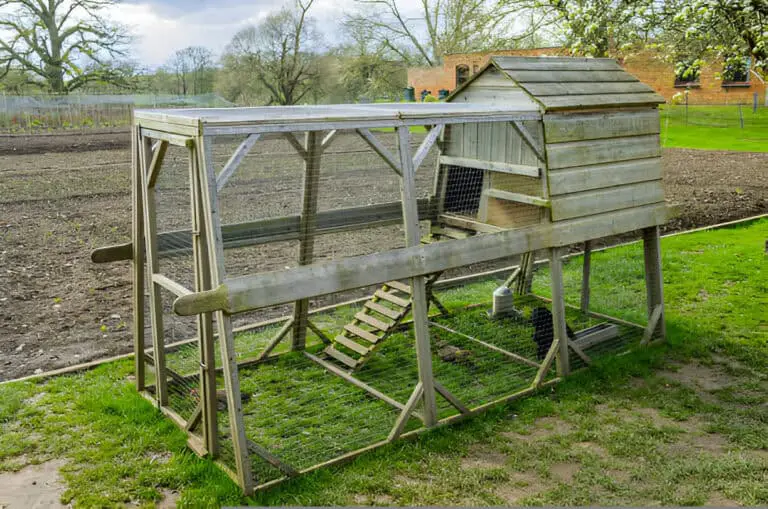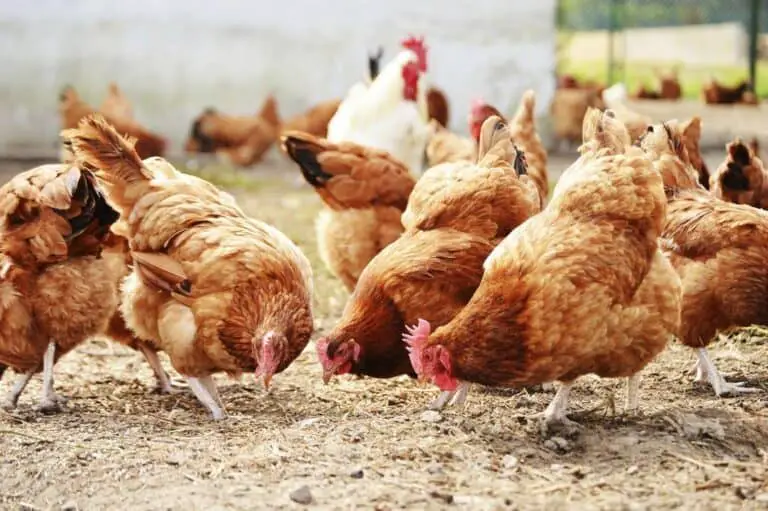Is Mixed Crop and Livestock Farming Intensive or Extensive?
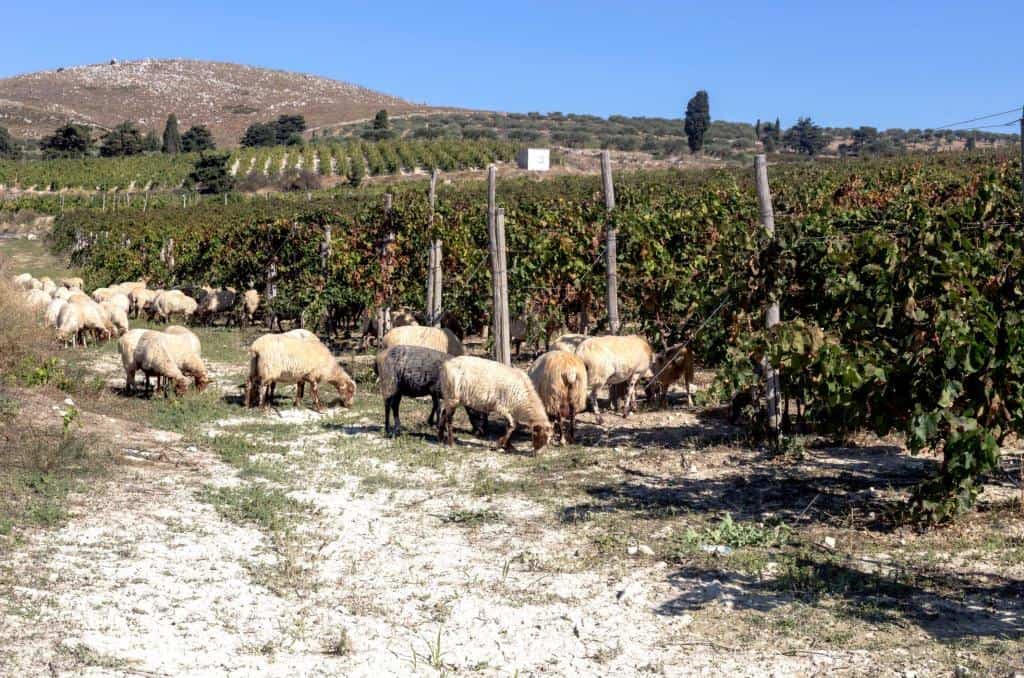
Welcome to the world of farming, where the synergy between crops and livestock creates a dynamic and sustainable ecosystem. In this era of agriculture, mixed crop and livestock farming has emerged as a versatile approach that combines the best of both worlds.
But what exactly is the nature of this farming method? Is it intensive, with its focus on maximizing productivity through advanced techniques and external inputs? Or is it extensive, emphasizing a more balanced and environmentally friendly approach?
In this article, we delve into the depths of mixed crop and livestock farming to unravel the answers. Prepare to embark on a journey through fields of vibrant crops and pastures teeming with life as we explore the elements, benefits, and factors that determine the intensity of this remarkable agricultural practice.
Let’s uncover the secrets behind this harmonious blend of plants and animals and discover the intricate balance that sustains the world of mixed crop and livestock farming.
Understanding Mixed Crop and Livestock Farming
Farming practices come in different forms, each with its own unique characteristics and considerations. One such practice is mixed crop and livestock farming, which involves the integration of both crops and livestock within a single farming system. Mixed crop and livestock farming, also known as mixed farming or diversified farming, is an agricultural approach that combines the cultivation of crops with the rearing of livestock on the same piece of land. The crops and livestock complement each other, forming a symbiotic relationship that can be advantageous for farmers in various ways.
The primary objective of mixed crop and livestock farming is to maximize the utilization of resources, including land, labor, and inputs, while minimizing risks and enhancing productivity. By integrating both crops and livestock, farmers can achieve a more sustainable and resilient farming system.
Characteristics of Intensive Mixed Crop and Livestock Farming
Intensive mixed crop and livestock farming is characterized by its focus on maximizing output and profitability within limited land areas. Farmers who employ intensive farming practices utilize advanced technologies, modern inputs, and management techniques to achieve high productivity. The following components are integral to intensive mixed crop and livestock farming:
- Intensive land management techniques: Intensive farming involves meticulous land management to ensure optimal soil fertility and moisture retention. Techniques like precision agriculture, soil testing, and crop rotation are employed to enhance productivity.
- Intensive livestock production and feeding systems: Intensive farmers utilize specialized feeding systems, such as feedlots and controlled-environment housing, to maximize livestock growth and production. These systems often involve concentrated feed rations and close monitoring of animal health and nutrition.
- Use of specialized machinery and equipment: Intensive smallholder crop and livestock farming relies on modern machinery and equipment tailored for efficient crop cultivation and livestock management. Examples include precision seeders, harvesters, automated milking machines, and climate-controlled poultry houses.
Advantages of Intensive Mixed Crop and Livestock Farming
Intensive farming practices offer several advantages:
- Higher productivity and yield per unit of land: By utilizing advanced techniques and technologies, intensive farming can achieve higher crop yields and livestock production compared to extensive systems. This enables farmers to meet the increasing demands of a growing population.
- Efficient resource utilization and reduced waste: Intensive farming optimizes the use of resources such as water, fertilizers, and energy. Precise application methods and targeted inputs minimize waste, leading to improved efficiency and sustainability.
- Potential for increased profitability and income: The higher productivity associated with intensive farming can translate into greater profitability for farmers. With careful management and market access, intensive mixed crop and livestock farmers can generate substantial income.
Challenges and Concerns of Intensive Mixed Crop and Livestock Farming
While intensive mixed crop and livestock farming offers advantages, it also presents challenges and concerns that need to be addressed:
- Environmental impact and sustainability issues: Intensive farming practices can have a significant environmental footprint. The increased use of chemical inputs, potential soil degradation, and pollution from concentrated livestock operations are concerns that require sustainable management practices.
- Potential risks associated with increased chemical use: Intensive farming often involves the application of synthetic fertilizers, pesticides, and herbicides to boost productivity. Care must be taken to minimize the negative effects of these chemicals on ecosystems, water quality, and human health.
- Animal welfare and ethical considerations: The intensification of livestock production systems can raise concerns regarding animal welfare. Farmers must prioritize the well-being of their animals by providing proper housing, nutrition, and health care to ensure ethical practices.
Characteristics of Extensive Mixed Crop and Livestock Farming
In contrast to intensive farming, extensive mixed crop and livestock farming utilizes larger land areas for lower stocking densities. This approach emphasizes the utilization of natural resources and ecosystems, relying less on external inputs and technologies. The following characteristics are associated with extensive mixed crop and livestock farming:
- Utilization of natural resources and ecosystems: Extensive farming takes advantage of natural resources such as pasturelands and diverse ecosystems. Livestock are often grazed on open pastures, allowing them to forage on natural vegetation.
- Less reliance on external inputs and technologies: Unlike intensive farming, extensive systems minimize the use of synthetic inputs such as fertilizers and rely more on natural nutrient cycling. Traditional farming methods and knowledge are often employed, reducing the need for advanced technologies.
- Emphasis on traditional farming methods and biodiversity conservation: Extensive mixed crop and livestock farming often embraces traditional practices passed down through generations. This approach promotes biodiversity conservation, as it allows for the preservation of native vegetation and habitats.
Advantages of Extensive Mixed Crop and Livestock Farming
While extensive farming may have lower productivity compared to its intensive counterpart, it offers several advantages:
- Reduced environmental impact and resource use: Extensive farming practices have a smaller ecological footprint as they require less synthetic inputs and energy. This approach promotes sustainable land use and reduces the risk of environmental degradation.
- Preservation of traditional farming practices and cultural heritage: Extensive mixed crop and livestock farming values traditional knowledge and methods, contributing to the preservation of cultural heritage and local farming traditions.
- Potential for organic and sustainable production: The reliance on natural inputs and methods makes extensive farming systems well-suited for organic and sustainable production. This can lead to market opportunities and niche consumer demand.
Challenges and Concerns of Extensive Mixed Crop and Livestock Farming
While extensive farming has its merits, it also faces challenges and concerns:
- Lower productivity and potential income limitations: Extensive farming systems generally have lower yields per unit of land compared to intensive farming. This can pose limitations on income generation, especially in regions where market access and price premiums for extensive products are limited.
- Vulnerability to climate change and market fluctuations: Extensive farmers are more exposed to the impacts of climate change, such as droughts or extreme weather events, due to their reliance on natural resources. Moreover, market fluctuations can affect the profitability of extensive farming, as they often depend on niche markets.
- Limited opportunities for technological advancements: The reliance on traditional farming methods in extensive systems may limit opportunities for technological advancements and innovation. This can affect the adoption of new practices that could enhance productivity and sustainability.
Comparison and Future Perspectives of Intensive and Extensive Mixed Crop and Livestock Farming
Both intensive and extensive mixed crop and livestock farming have their place in agricultural systems. The choice between the two depends on various factors, including farm size, available resources, market demand, and environmental considerations. However, there is potential for hybrid approaches that combine the strengths of both systems. Sustainable intensification, which aims to maximize productivity while minimizing environmental impacts, can be a future perspective for mixed crop and livestock farming.
Table: A Comparison of Intensive and Extensive Mixed Crop and Livestock Farming
| Factors | Intensive Farming | Extensive Farming |
| Productivity | High | Moderate to Low |
| Resource Use | High (inputs and energy) | Low (relies on natural resources) |
| Environmental Impact | Potentially high (chemicals, waste) | Potentially low (minimal chemical use) |
| Animal Welfare | Potential concerns (focus on animal health) | Generally better (natural grazing) |
| Market Access and Income Potential | Higher potential for income | Limited |
| Adaptability to Climate Change | Requires climate control and mitigation measures | Relies on natural resilience and adaptation |
| Technological Advancements | Utilizes advanced technologies and machinery | Limited adoption of new technologies |
| Land Requirement | Can be smaller due to high productivity | Requires larger land areas for grazing |
| Market Demand | Can cater to larger market demand | Niche markets and specialized products |
The Benefits of Mixed Crop and Livestock Farming
Mixed crop and livestock farming offers several benefits that contribute to its popularity among farmers:
- Diversified Income: By combining crop and livestock production, farmers can diversify their income streams. They are not solely reliant on a single product, reducing their vulnerability to market fluctuations and increasing overall financial stability.
- Nutrient Cycling: The integration of crops and livestock allows for efficient nutrient cycling within the farming system. Livestock manure, rich in nutrients, can be used as organic fertilizer for crops, reducing the need for synthetic fertilizers and improving soil health and fertility.
- Risk Reduction: Mixed farming systems can mitigate risks associated with mono-cropping. The revenue from livestock products may be able to offset crop failures brought on by weather or pest outbreaks. Similar to this, income from crop sales can make up for livestock losses.
- Improved Soil Health: The combination of crops and livestock promotes soil health and fertility. Crop rotations help break pest cycles, reduce soil erosion, and enhance nutrient availability. Livestock grazing aids in maintaining a healthy balance of organic matter and nutrient recycling within the soil.
- Enhanced Resilience: The integration of crops and livestock diversifies the farming system, making it more resilient to external shocks. If one component suffers from a setback, such as a crop failure, the other component can compensate, reducing the overall impact on the farm’s productivity.
- Sustainable Resource Use: Mixed farming promotes sustainable resource use by optimizing land, water, and energy resources. The integration of crops and livestock maximizes resource efficiency and reduces waste, contributing to a more sustainable and environmentally friendly farming system.
Conclusion
Mixed crop and livestock farming is a versatile and dynamic agricultural practice that combines the cultivation of crops with the rearing of livestock. The intensity of mixed farming can vary depending on factors such as scale, input usage, labor requirements, and management practices. While some aspects of mixed farming may exhibit characteristics of intensive farming, others lean toward extensive farming. Ultimately, the intensity of mixed farming lies on a continuum, with farmers adapting their practices to suit their specific goals, resources, and environmental considerations. By embracing mixed crop and livestock farming, farmers can harness the benefits of integration, diversification, and sustainability for a more resilient and productive agricultural system.

